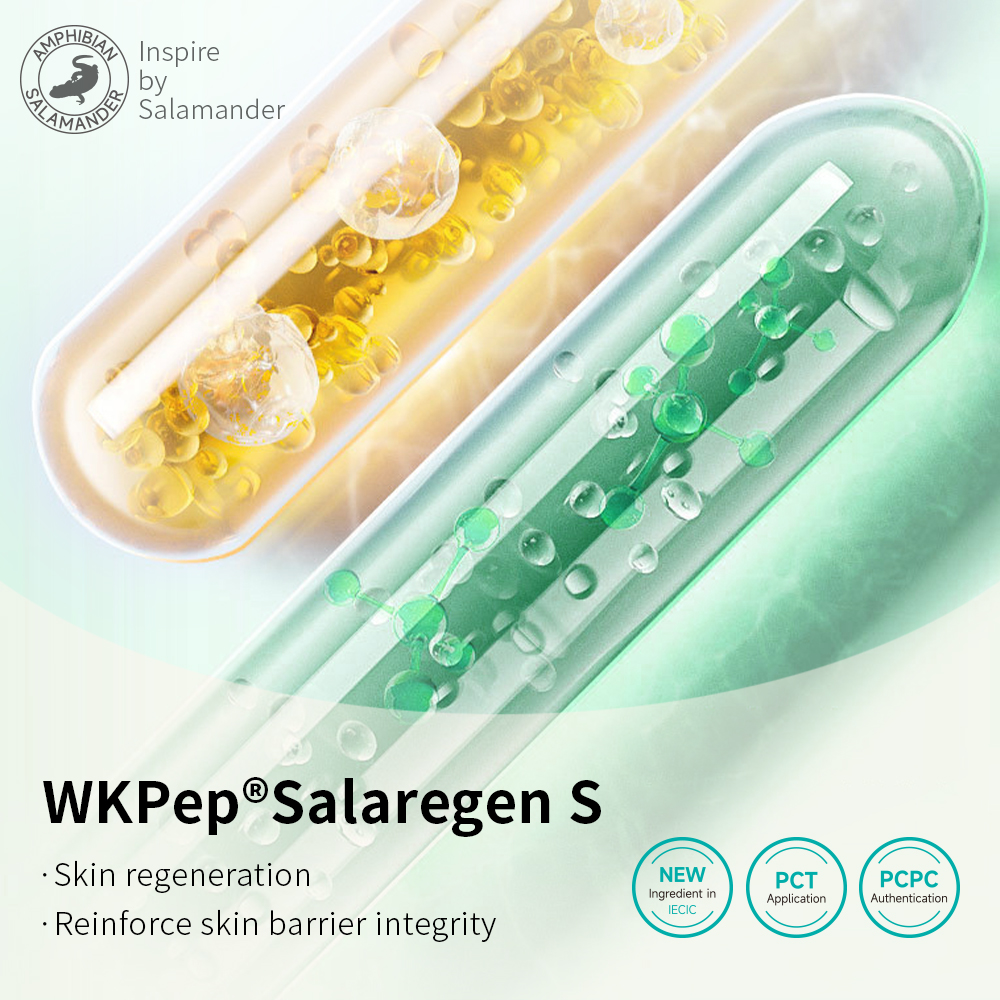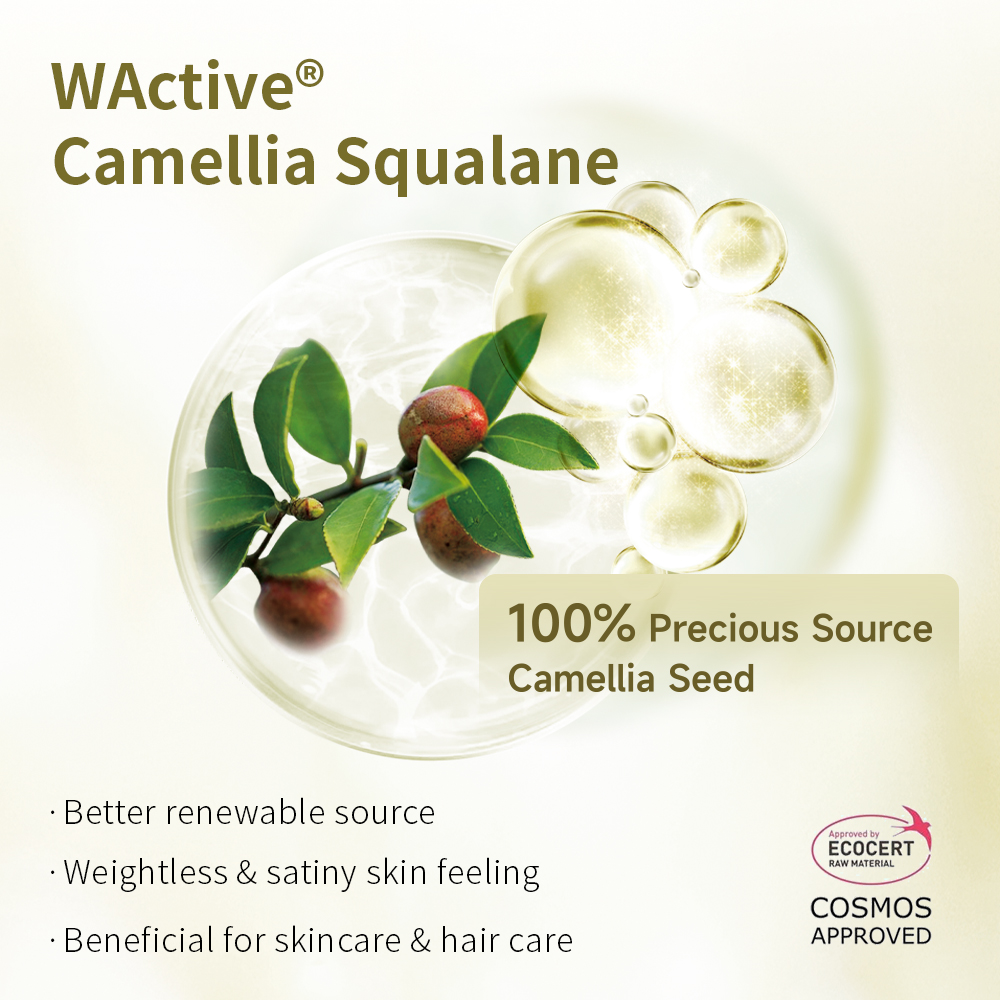What is Squalane?
Before we learn about the benefits of this rich emollient, let’s explain the difference of “Squalane” and “Squalene”. Up to 12% of human skin sebum is actually comprised of squalene. Squalene is an unsaturated hydrocarbon that is prone to oxidation and can cause skin irritation, while squalane is a more stable and non-irritating form of the same compound, which is a hydrogenated version of squalene.


Newest Source of Squalane
Squalene can be, and is commonly harvested from shark liver or plant sources such as olives and sugarcane.The disadvantage of using shark-derived squalane is that it contributes to the overfishing of sharks, thus placing the entire marine ecosystem at risk. It is well known that sharks are apex predators and can accumulate high levels of toxins in their bodies, which can pose a threaten to human health, especially if the squalane is used in products that are applied to the skin. Additionally, ethical concerns for consumers who are opposed to animal testing and the use of animal-derived ingredients is also a less desirable option compared to sustainable alternatives.
Fortunately, there are alternative sources of squalane that are sustainable. Compared with camellia-derived squalane, olives-derived squalane is poorly absorbed when applied to skin. Moreover, olive tree cultivation requires long growth cycles before harvesting and involves processing and storage costs, which is generally higher than that of other fruit tree cultivation. Squalane obtained from sugarcane possess a characteristic odor, which may still lead to skin irritation.
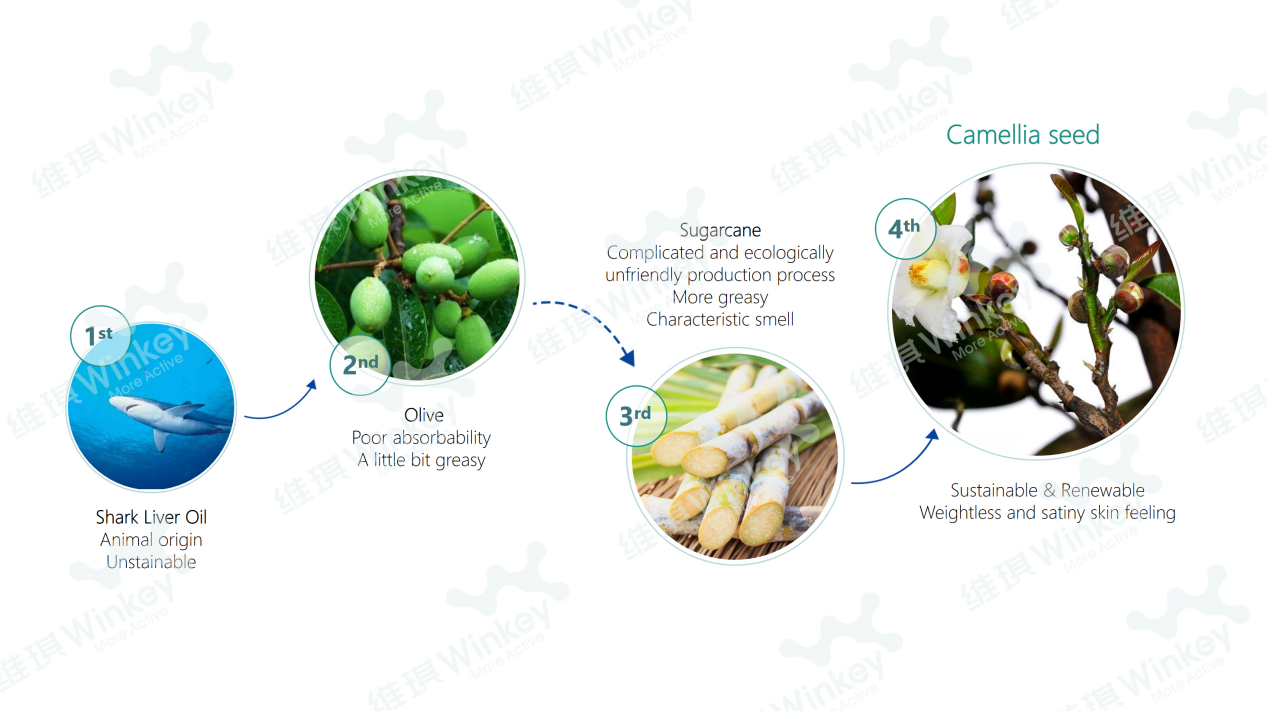
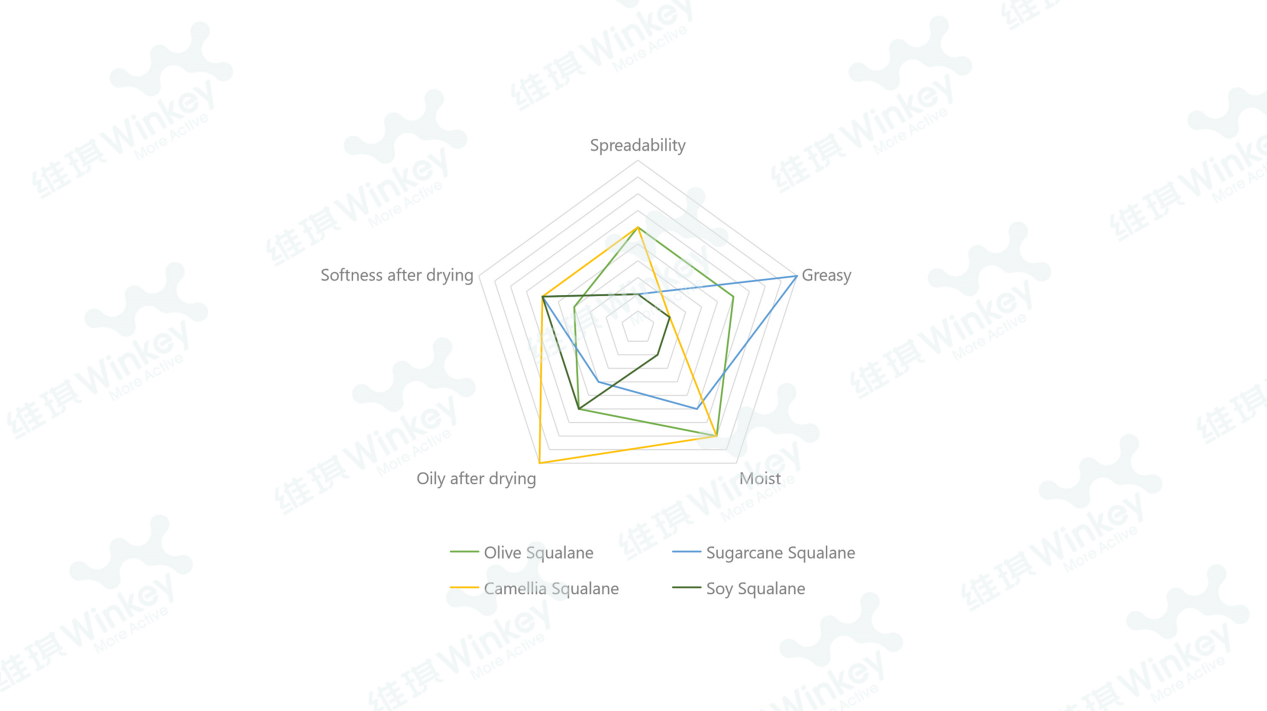
From Seed to Squalane
Step1: The mature camellia fruits are picked by hand and dried with hot air at constant temperature or sun-dried in natural sunlight for storage.
Step2: The outer shell of the camellia fruit needs to be removed to obtain the camellia seeds, which can be done manually or equipments for automated processing.
Step3: The peeled tea kernels are cleaned and dried to remove dust, also remove ferromagnetic impurities by using magnetic separation technology and tempered to meet the conditions of low-temperature pressing.
Step4: The oil is pressed at a low temperature (60 ℃) to effectively retain the nutrients and active substances in the camellia oil.
Step5: Dynamic and controlled crystallization by vacuum distillation and molecular distillation.
Step6: Establish a efficient chromatographic separation system for squalene to separate and purify crude squalene.
Step7: Adding hydrogen gas to the squalene under high pressure and temperature to convert it into squalane.
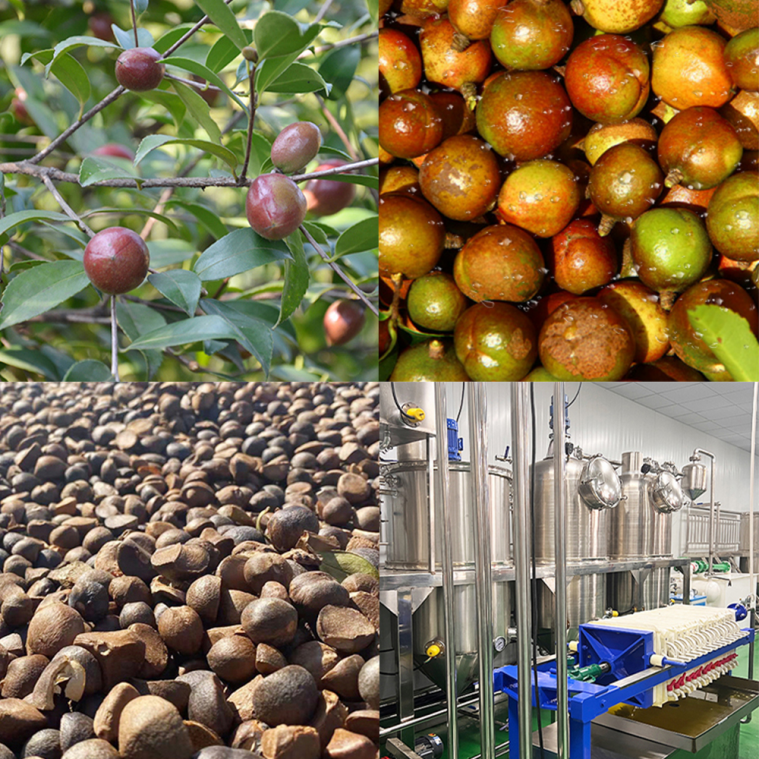
Benefits of WActive® Camellia Squalane for skin
Boosts hydration, helps your skin appear more vibrant and healthier.
Supports a healthy skin barrier, reduces transepidermal water loss.
Benefits of WActive® Camellia Squalane for hair
Increases shine, replenishes strands, and leaves hair feeling softer.
Moisturizes the scalp.
Protects hair from further damage such as brittle or broken hair, excessive dryness.
